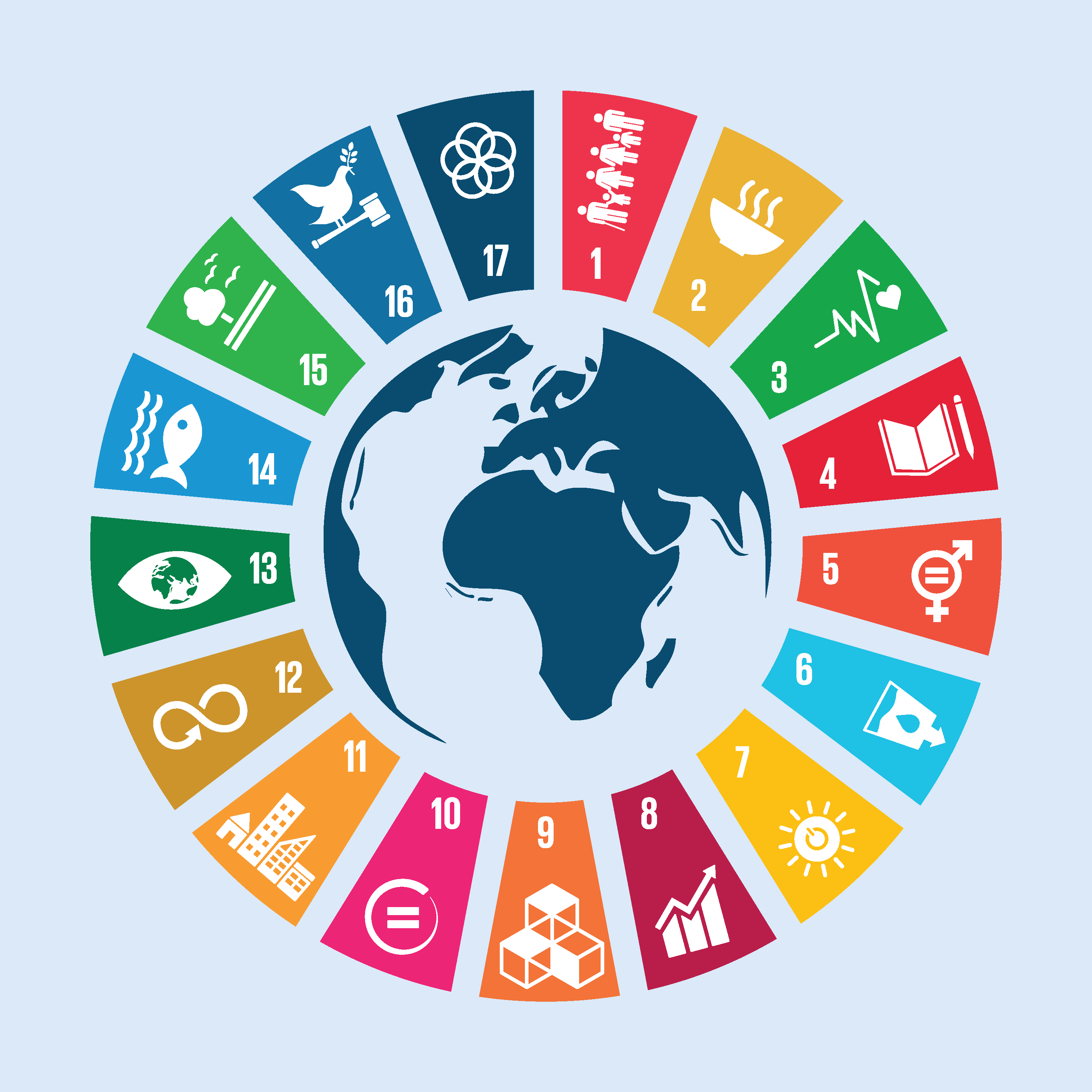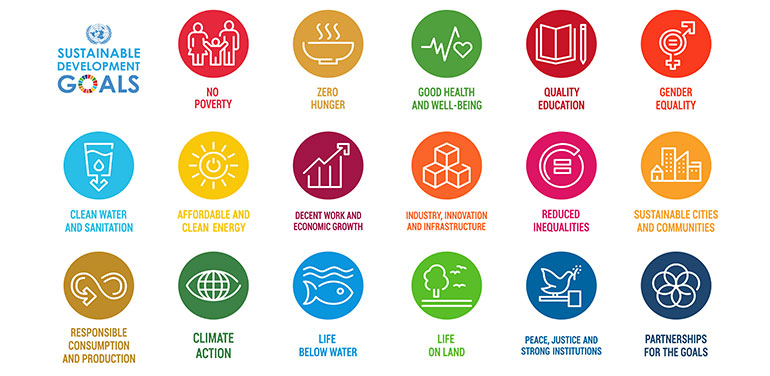3 REASONS WHY WE NEED TO KNOW MORE ABOUT SDGs
If you are here and you are wondering what SDGs mean and why we should know more about them, don’t worry – you are not the only one. According to the Global Economic Forum 50% of responders in the United States have never heard of SDGs, while globally only three out of four adults interviewed had some awareness of them.
Basically, SDGs stand for Sustainable Development Goals, which are a set of 17 goals/targets developed by the United Nations General Assembly as part of a resolution they created in September 2015. The goals envision a world free of poverty, hunger and disease by 2030. All the countries in the world have agreed to work towards achieving these goals.
A list of the 17 goals:
- No Poverty
- Zero Hunger
- Good Health and Well-being
- Quality Education
- Gender Equality
- Clean Water and Sanitation
- Affordable and Clean Energy
- Decent Work and Economic Growth
- Industry, Innovation and Infrastructure
- Reducing Inequality
- Sustainable Cities and Communities
- Responsible Consumption and Production
- Climate Action
- Life Below Water
- Life On Land
- Peace, Justice, and Strong Institutions
- Partnerships for the Goals
* There is also a short Video you can watch
So, back to the reasons…
Reason number 1: They Involve us All
When you read through the list, I am sure you are putting a lot of check- marks and thinking that you have most of the things listed. You are probably even questioning yourself: how can this be a 2030 goal, while actually they look more like basic needs you already enjoy.
Well, the situation does not look that good all around the globe. For example: we are still fighting hunger where 821 million people are undernourished and 700 million are living in extreme poverty (Check the Hunger Map Here).
Furthermore, 3 billion people still lack cleaning cook fuels and technologies, and there are 70 million people who fled war, persecution and conflict in 2018. On the other hand, 1 in 3 women has experienced physical and/or emotional violence and 9 out of 10 urban residents breathe polluted air.
So, the world as we know it, is not the world that is out there.
But, the good news is: We all have a say on it. This is a mutual collaboration (leaders, businesses, civil society) and it requires global cooperation to achieve them.
They set a roadmap for us – we just need to follow the steps.
Reason number 2: There is Still so Much to be Done
It has been five years since the agreement was developed and we are now on the Decade of Action – we need to make them happen by 2030. The U.N. has published its last 2020 report, where they go through what has been achieved so far, but also how COVID-19 has impacted the goals. I will just mention some of the points which I thought were worth of sharing.
- Goal 1: We were already off the track to end poverty by 2030, but COVID-19 made things worse. They estimate that an addition of 71 million people will be living in extreme poverty due to COVID-19.
- Goal 2: There has been a rise in hunger and food insecurity. Small scale producers who were already disadvantaged, are now being hit hard by the pandemic. We also have an emerging problem arising in six Eastern African countries, where the desert locust appeared again.
- Goal 3: All the advantages in health areas are now being put in danger by COVID-19. There is not only a surge of COVID-19 health related deaths, but also an increase in deaths from chronic conditions which are receiving less attention and are left untreated. The pandemic has interrupted vaccination programmes, and this is why illness and deaths from communicable disease are expected to rise.
- Goal 8: We had a 0.5% GDP decrease from 2018 to 2019, and the decline is expected to be 4.2% in 2020.
- Goal 13: We had almost a new record set – 2019 was the second warmest year on record. And while climate change affected more than 39 million people in 2018, the global community has not yet committed to reverse the crisis we are experiencing.
- Goal 15: Our forests continue to decline affecting 3.2 billion people and driving species to extinction.
You can find the whole report Here (caution: be ready to emerge yourself on some heavy readings).
COVID-19 has changed forever the world as we knew it. Actions are now needed more than ever. 2020 was meant to be the biggest year ever, instead it was/is the year that has challenged us so much, bringing to the surface all the inequalities that we were trying to hide.
“Everything we do during and after this crisis [COVID-19] must be with a strong focus on building more equal, inclusive and sustainable economies and societies that are more resilient in the face of pandemics, climate change, and the many other global challenges we face. ”
António Guterres
Secretary-General, United Nations
Reason number 3: There is actually Ways for You to Get Involved
So let’s make the subject a little bit more practical. There are real ways you can participate and give your contribution.
First of all, share this article with someone who still does not know anything about SDGs. You can then go on Twitter and tweet something about what you learned.
Secondly, are you from Atlanta? Good news! Check out The Future We Want campaign. It is a way to celebrate U.N. International Youth Day happening this September. You can create and submit a short video where you explain what sustainable development means to you, and what are your dreams for the future.
Thirdly, check what is happening in 2020 and How to Get Involved . You can sign up for Global Goals Week happening this September or watch The Pandemic is a Portal film to get a new perspective on how we can use this period to re-shape how we think about the future. And lastly join the #blacklivesmatter movement, or read about Youth Power Planet and all the work that youth are doing to make our planet more sustainable.
Troka, Klea
September 2020



















